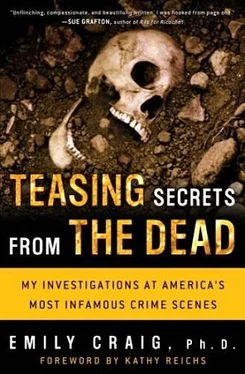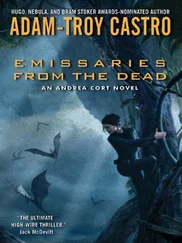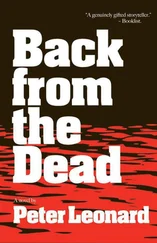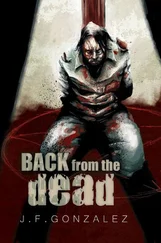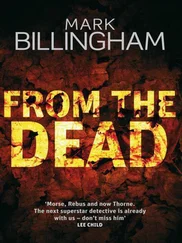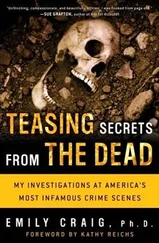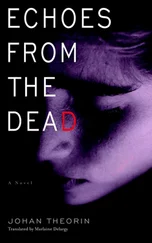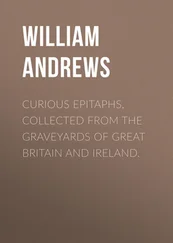
Emily Craig
Teasing Secrets from the Dead: My Investigations at America's Most Infamous Crime Scenes
Copyright © 2004 by Emily Craig, Ph.D.
To my mother, Emily Josephine,
and to the memory of my father, Reuben.
These two gave me life and the courage to think for myself.
And to the victims,
and the families and friends who loved them.
by Kathy Reichs, Ph.D.
I CONFESS. It's a puzzler. After working for years in a profession ignored by the masses, my field is suddenly hot.
Don't get me wrong. The disinterest in my science wasn't exclusive to the general public. When I completed graduate school, it was the rare cop or prosecutor who had heard of forensic anthropology. My colleagues and I were a small group back then, known to few, understood by fewer.
Though our numbers have increased over the years, there are still only sixty board-certified practitioners in North America. Along with the military, only a handful of jurisdictions employ full-time anthropologists. The majority of us still serve as external consultants to law enforcement, coroners, and medical examiners.
But our specialty has come of age. Today every TV viewer in America knows who to call for the skeletal, the burned, the decomposed, the mummified, the mutilated, and the dismembered dead.
Ironic. Forensic science is hardly new. The first treatise may have been penned in China in the thirteenth century. In Sung Tz'u's The Washing Away of Wrongs, a murder confession is spurred by flies attracted to a bloodstained sickle. Six centuries later, Boston scientist Thomas Dwight documented the use of bones in human identification.
The FBI recognized the value of forensic anthropology early, calling upon Smithsonian scientists for help with human remains. By the first half of the twentieth century, T. Dale Stewart and others were working for the military, examining the bones of American soldiers killed in war.
Forensic anthropology became a formally recognized specialty in 1972, when the American Academy of Forensic Sciences created a Physical Anthropology Section. The American Board of Forensic Anthropology was formed shortly thereafter.
Throughout the seventies, the discipline continued to expand, moving into the investigation of human rights abuses. Spurred by pioneers such as Clyde Snow, anthropologists began digging and setting up labs in Argentina, Guatemala, later Rwanda, Kosovo, and elsewhere. Our role grew in the arena of mass/disaster recovery. Through DMORT (Disaster Mortuary Operational Response Team), we worked plane crashes, cemetery floods, bombings, the World Trade Center.
Still, no one knew our name.
Cue C.S.I. The breakthrough sleeper scored millions of TV viewers. Forensic science was suddenly hot, and other series soon followed. C.S.I.: Miami. Cold Case. Without a Trace. We'd had Quincy in the seventies, but pathology now dazzled. Crossing Jordan. Da Vinci's Inquest. Autopsy. Even old-timers such as Law and Order and Dateline beefed up on ballistics and Y incisions.
True-crime mini-docs weren't far behind. American Justice. Body of Evidence. City Confidential. Cold Case Files. Exhibit A. Forensic Evidence. Forensic Factor. FBI Files. All over the airways scientists were slicing and scoping and simulating and solving.
And literature was right in there. Patricia Cornwell. Jeffrey Deaver. Karin Slaughter. And, of course, Kathy Reichs, with my forensic anthropologist heroine, Temperance Brennan.
After decades of anonymity, suddenly we are rock stars.
But the public remains somewhat confused as to the players. What's a pathologist? What's an anthropologist? I am asked the question again and again.
Many fictional scientists are pathologists -specialists who work with soft tissue. Emily Craig and I are anthropologists -specialists who work with bone. Freshly dead or relatively intact corpse: pathologist. Skeleton in an attic, charred body in a Cessna, bone fragments in a wood chipper: anthropologist. Using skeletal indicators, we address questions of identity, time and manner of death, and postmortem treatment of the corpse.
And we don't work alone. While TV glamorizes the individual heroics of the lone scientist or detective, real-life police work involves cooperation. A pathologist may analyze the organs and brain, an entomologist the insects, an odontologist the teeth and dental records, a molecular biologist the DNA, and a ballistics expert the bullets and casings, while the forensic anthropologist examines the bones. Teamwork is essential. In Teasing Secrets from the Dead, Emily accurately portrays the camaraderie and dedication of crime scene technicians, investigative detectives, and lab scientists interacting to solve a case.
I like to think that my own novels have played some small part in raising public awareness of forensic anthropology. I describe my experiences through my fictional character, Temperance Brennan. In Teasing Secrets from the Dead, Emily does the same. Through Emily. Chapter by chapter she takes you behind the scenes of real-life cases. As the full-time forensic anthropologist for the Commonwealth of Kentucky she's had many. As a former medical forensic artist, she's had even more.
Emily's background is unique. For fifteen years she worked as a medical illustrator, translating the intricacies of bones and joints into sketches and sculpture. She found her way into forensic anthropology through a request for a facial approximation of an unidentified corpse washed up along the Chattahoochee River. She never looked back.
I've known Emily Craig since she was a Bill Bass graduate student doing research at the University of Tennessee 's “Body Farm.” In 1998 we coauthored a chapter in my book Forensic Osteology: Advances in the Identification of Human Remains. Most recently, Emily and I deployed with DMORT to New York City in the wake of the World Trade Center disaster. While I worked the landfill, Emily worked the ME office. As a veteran of that effort, I appreciate the manner in which her book portrays the dedication of those who took part. The final chapter brought back yet again the horror, the overwhelming sense of mission, and the healing comradeship we all found at Ground Zero.
When I first heard the proposal for Teasing Secrets from the Dead, I was skeptical. Could Emily's book acquaint readers with the full spectrum of our discipline and not read like a text? Could she accurately describe methodology, yet bring the human side of our work to life? Could she convey a mother's pain over an absent child, a detective's frustration at an unresolved murder, a sheriff's sorrow at the sight of a bullet-ridden toddler?
The first few chapters put my fears to rest. Teasing Secrets from the Dead offers an honest and absorbing snapshot of our profession. Page by page, Emily allows the reader a glimpse over her shoulder and into her thoughts and feelings. Through her stories she provides an understanding of the difficult, demanding, but profoundly rewarding work of a forensic anthropologist.
And, perhaps more poignantly, Emily opens a door to herself as woman and scientist, struggling to balance passion, objectivity, and human vulnerability, to maintain humor and grace in a difficult and often heartrending occupation. Teasing Secrets from the Dead captures both the scientific and human sides of forensic anthropology.
Читать дальше
